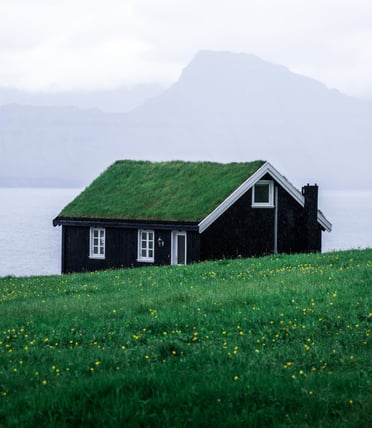Construction is rapidly making adjustments to be more eco-friendly, leading to the development of green building certifications. These certifications give customers an idea of how their home reduces their carbon footprint and decreases environmental impact. Both the LEED rating system and HERS rating system have been covered on this blog in the past, but they aren’t the only certifications available today. Here are five additional certifications builders can look to for direction when implementing green building in their projects.
Energy Star – This certification will be recognized by more of your customers than many of the others because its logo often appears on appliances which are energy efficient. Offered through the Department of Energy and the Environmental Protection Agency, it requires your building to be at least 15% more energy efficient than traditional properties. Click here to learn how to join.
BREEAM – The Building Research Establishment Environmental Assessment Method was founded in the UK and now operates globally, first making its appearance in the US in 2016. It recognizes sustainable buildings and infrastructure projects, including new home residences. Their certification has five tiers: Pass, good, very good, excellent & outstanding. The first step to a BREEAM certification is to find a licensed assessor in your area.
Green Globes – The Green Globes Certification began in 1996 and is provided by the Green Building Initiative. To get started, you use their online self-assessment tool. Properties are scored on project management, site elements, energy performance, water use, waste disposal and recycling, materials, emissions and the indoor environment. These factors are resulted and then assessed by a third party. Green Globes demonstrates a commitment to sustainability. To qualify, you need to meet at least 35% of the program’s 1,000 available points.
Living Building Challenge – An ambitious certification developed by The International Living Future Institute, the Living Building Challenge differs from other certifications. Your building is monitored for 12 months after completion for compliance before certification is guaranteed. Standards are divided into seven areas called “petals” which are place, water, energy, health and happiness, materials, equity and beauty. Each petal is broken down into more detail as well. To apply, register at the above link, pay your registration fee and submit your documentation over the course of the 12 months, and then undergo a data audit at the end of the year.
National Green Building Standard – The National Green Building Standard is a sustainable building certification managed by the National Association of Home Builders and is for residential properties only. This includes single-family homes, multi-unit properties and mixed-use developments. It has different levels of certification, similar to LEED, with Bronze being the lowest and Emerald the highest. Their process involves scoring your building on their website, hiring an accredited project verifier, having designs verified and scored, sending a report to the Home Innovation Labs and passing a final inspection with your verifier. Once the process is complete, your certification will be given.
People are becoming more environmentally aware and have a desire to be eco-friendly. When they see the home they want to purchase has been certified as a green building project, they may be all the more drawn to it. Especially if you’re already incorporating green building practices in your projects, going this extra step to get certification solidifies your reputation with your clients.

Recent Posts
- Spec Construction Loans: A Spec Line of Credit Is Worth the Paperwork
- Spec Homes and Pre-Sale Homes: The Relative Benefits for a Spec Builder
- How a Lender Sees Spec Construction Success: Insights for the Investor Builder
- How Is a Spec House Different From Other Kinds of House Construction?
- How a Private Lender Compares to a Bank Lender for a Spec House Construction Loan
